There are so many articles that talk about superfoods for cats. But all of those articles list things like blueberries, flaxseed, pumpkin, etc.
But we want to feed superfoods that are actually appropriate for our cats. Cats are carnivores! They thrive the most on meat-based ingredients.
If you feel the same, I got you. The superfoods below are actually appropriate for our carnivore cats.
Which superfoods are appropriate for cats?
Superfoods for cats that are actually species-appropriate fit into multiple categories.
These superfood categories include:
- Muscle meats
- Muscular organs
- Raw meaty bones
- Secreting organs
This is the base for all appropriate cat food recipes.
Specific proteins within each category provide specific nutrients. These superfoods fill in gaps often missing in homemade cat food diets.
Then we add a small amount of food supplements to complete the diet.
Important note:
We should start by improving the ingredients in our cat’s base diet. The bulk of what our cats eat should be meat-based.
Rather than relying on plant-based “superfoods” to put on top of an inappropriate diet (processed dry/canned food).
PS – If you’re ready to switch to a healthy raw diet, my Raw Feeding Blueprint is for you!
I’ve created the most supportive plan inside this course! Think, every week is planned out for you with printable trackers, 50+ balanced recipes to choose from, meal prep hacks, and so much more. If you’re ready to make your cat’s raw food at home, my Raw Feeding Blueprint course is for you!
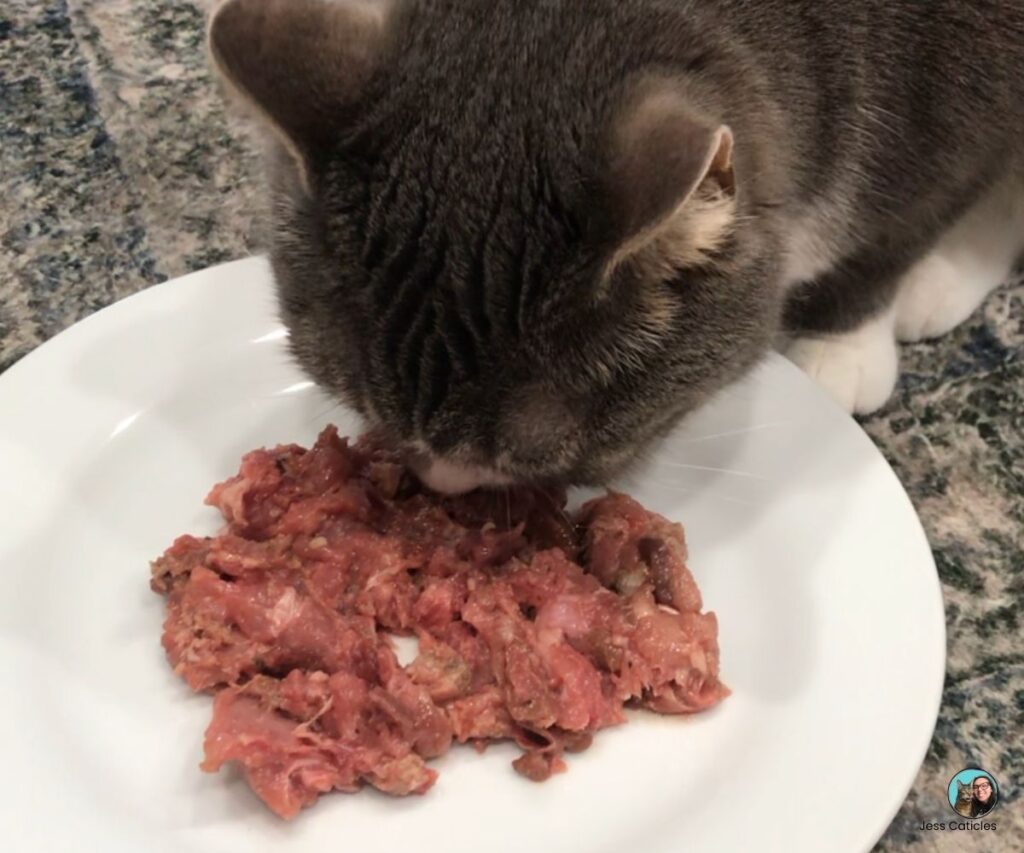
Lean beef
Lean beef provides zinc. This fits into the muscle meat category.
Pork tenderloin
Pork tenderloin provides B vitamins. This is the most natural source of thiamin and folic acid. Tenderloin fits into the muscle meat category.
Chicken hearts
Chicken hearts are high in taurine, an essential amino acid. And chicken hearts also provide zinc. Hearts fit within the muscular organ category.
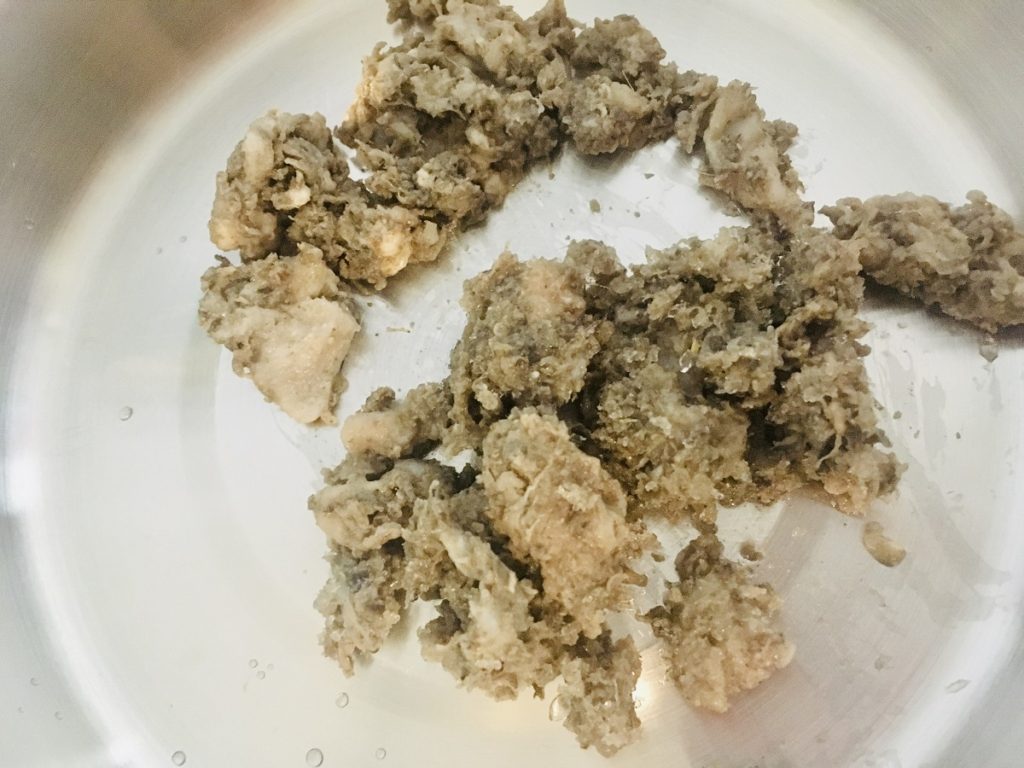
Raw beef green tripe
Beef green tripe is high in manganese. Other sources include blue mussels. However, beef tripe is easier to source from a raw pet food supplier.
The other sources of manganese are all plant-based. Or you would need to use a manganese supplement.
Beef tripe fits in the muscular organ category.
Chicken wings
Chicken wings are superfoods for cats because they provide the most natural source of calcium. The benefits of raw meaty bones also make them superfoods.
Chicken wings fit into the raw meaty bones category.
Spleen
Spleen provides a rich source of iron. Beef, lamb, and pork spleen are the best. Beef spleen is the easiest to source of the 3.
I’m also on the carnivore diet, so I eat spleen too!
Spleen is from the secreting organ category.
Liver
Liver is a mandatory inclusion in homemade cat food. It’s the largest secreting organ of the body.
Liver provides a large amount of taurine and vitamin A. Beef, lamb, and veal liver specifically all provide an excellent source of copper.
Oily fish
Oily fish like salmon and sardines help fulfill vitamin D and fatty acid requirements.
We only use a small amount of fish ~6%. Only enough to fill those requirements.
We don’t want to use too much fish because fish can cause picky eating. Fish fits into the muscle meat category.
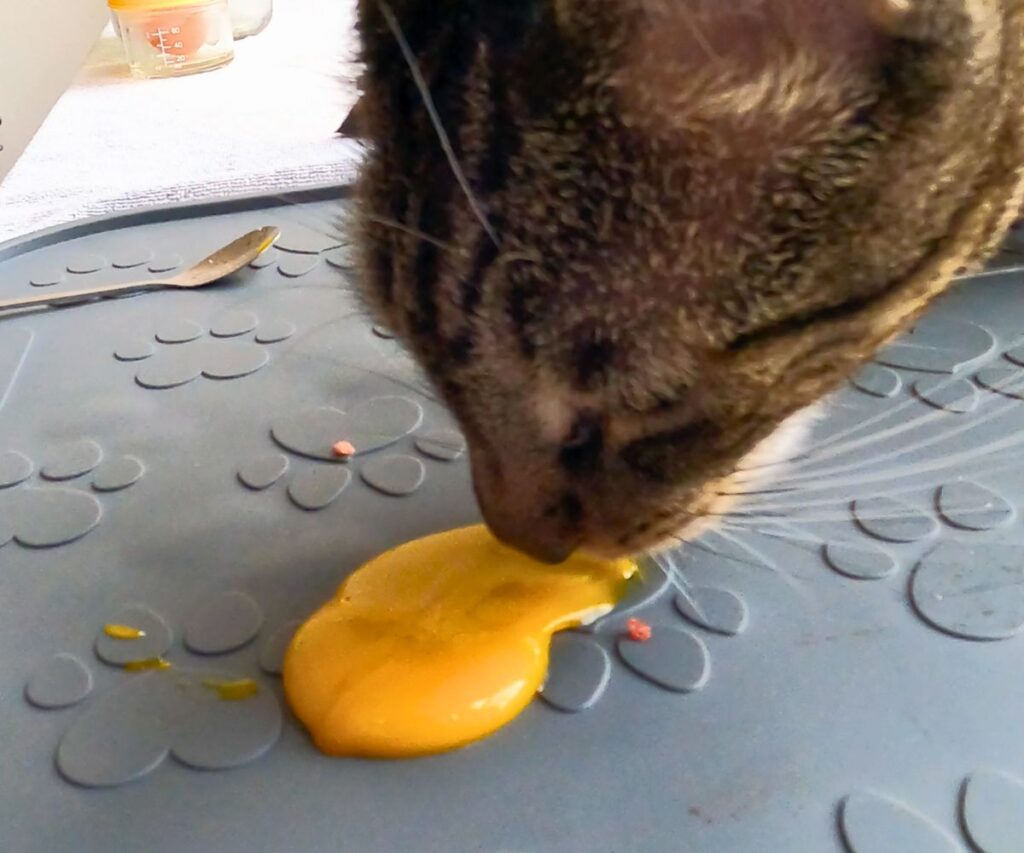
Eggs
Eggs are a complete protein. The yolk, specifically, provides choline and fat-soluble vitamins.
Kelp
Kelp is the richest source of iodine. And you don’t need a lot of it to fulfill daily requirements.
Kelp is also helpful in preventing the formation of plaque and tartar on the teeth.
Technically, it is not animal-based. However, we have to use it if we are aiming for a 100% whole food diet.
Otherwise, we would have to use an iodine supplement.
Nutritional yeast
Nutritional yeast is another non-carnivore superfood. However, we will have to use it if pork tenderloin or other ingredients do not fulfill B vitamin requirements.
Nutritional yeast is a whole food that provides B vitamins and other nutrients.
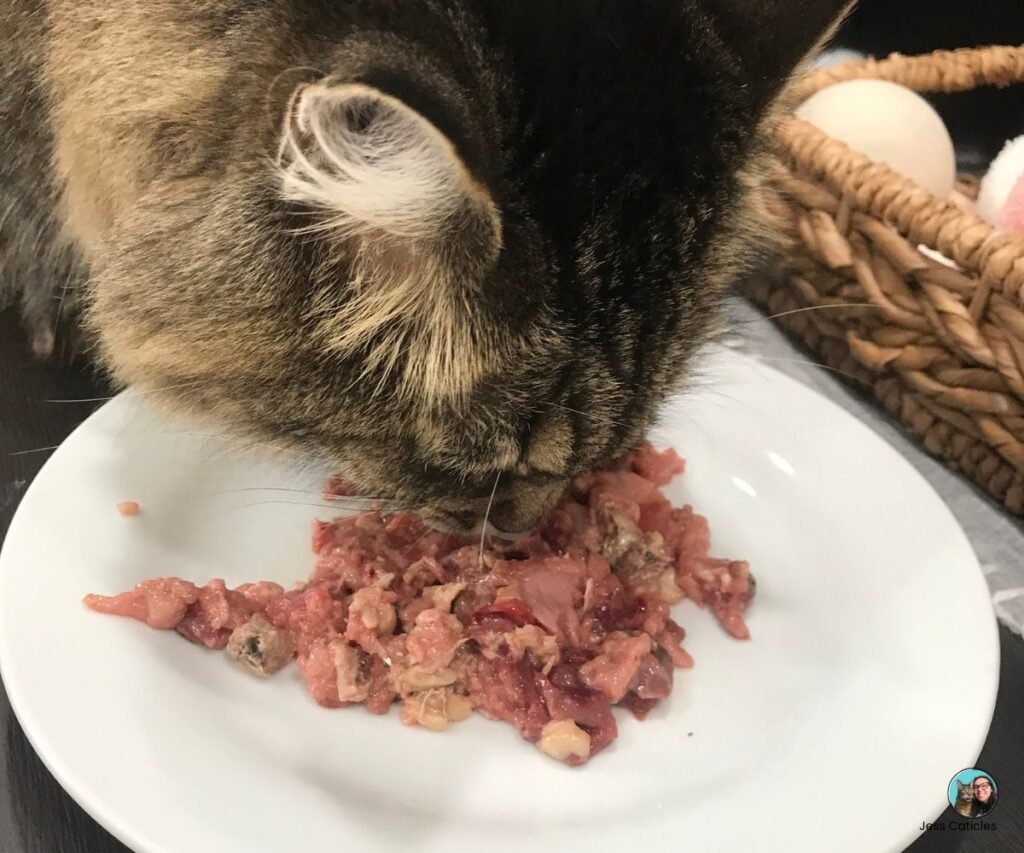
Vitamin E oil
Vitamin E is highest in plant-based foods. Meat-based foods do not provide enough to fulfill minimum requirements.
Nuts and seeds provide vitamin E. However, they also provide a lot of fat. And you would need a large amount to fulfill vitamin E requirements.
So I use a liquid vitamin E supplement that’s derived from non-GMO soy. Not perfect. But cats need vitamin E.
And at least this supplement is an extracted, concentrated source of vitamin E rather than ground-up soy beans, seeds, etc.
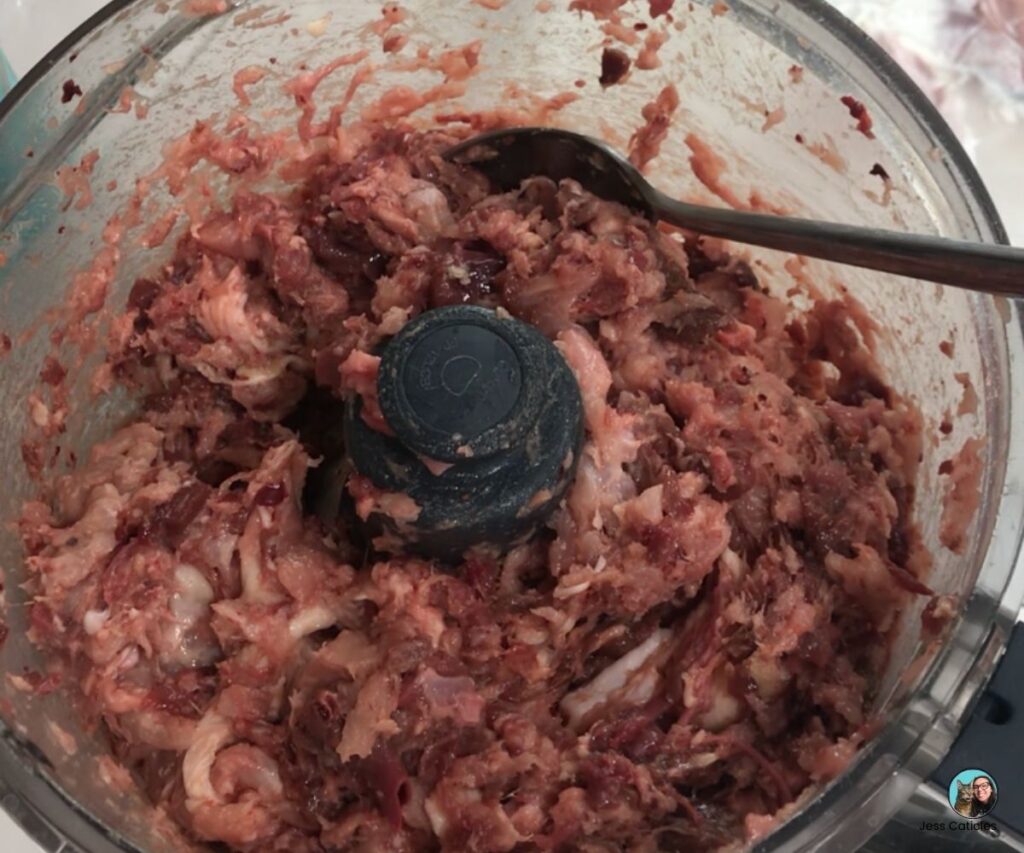
So now you know which superfoods are actually appropriate for cats. And it’s pretty easy to source most of these ingredients locally.
But it’s important to feed our cats a complete diet. We can’t just mix and match and start adding superfoods to the diet blindly. Not to mention, most cats are picky about fresh food (especially when eating kibble).
Ready to switch to raw for a happier cat?
Grab my Raw Feeding Blueprint and get the same plan that 564+ cat parents used to switch to a healthy raw diet easily and confidently. Plus 50+ balanced raw recipes, meal prep tips, and so much more!
